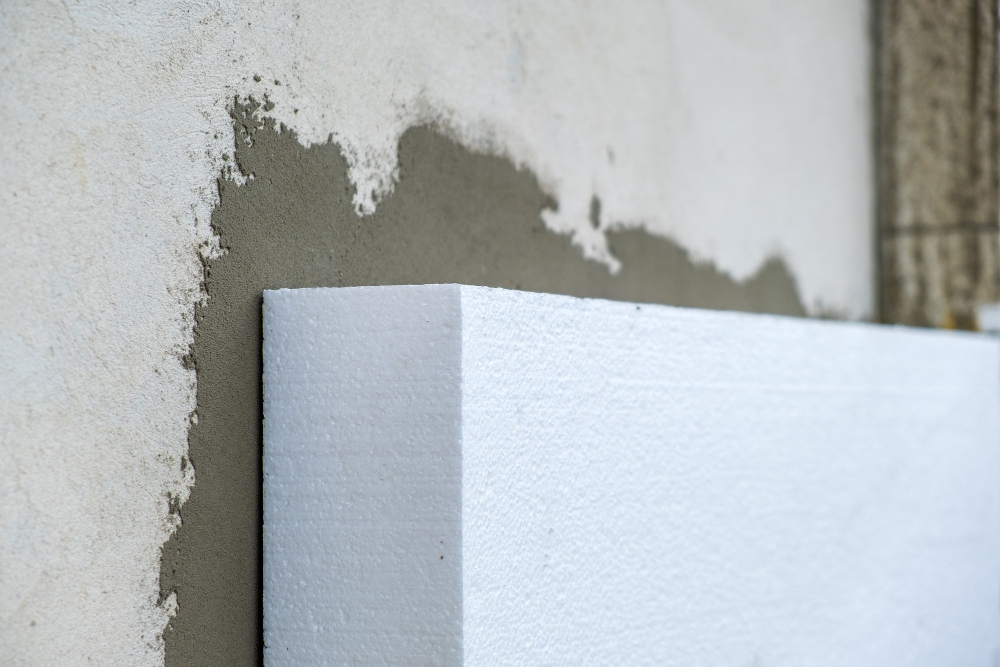Foam board is a lightweight, versatile material that can be used in a variety of applications around the home. It’s an ideal choice for many DIY projects like wall and ceiling panels, insulation, soundproofing materials, art projects, and more.

Foam board is made from foam sandwiched between two lightweight boards and it offers several advantages over other materials.
Foam Board Insulation
When it comes to insulation, foam board has been used for decades as an effective solution for walls and ceilings. It’s easy to install with basic tools and supplies—simply cut it to size, attach it with adhesive or screws, then caulk or seal any seams. Its lightweight nature makes it easy to handle and transport.
Moreover, since foam board has no organic material in its construction (akin to fiberglass insulation), it is resistant to mold growth and can help minimize moisture buildup in your home due to its airtight seal. Furthermore, the material itself is non-corrosive and can last for years without any damage or deterioration even in moist environments such as bathrooms.
Foam Board Benefits
Foam boards also provide great soundproofing benefits as they don’t only prevent sound from entering your home but also reflect some of the sounds back into the room where they were installed—helping keep your home quieter overall. This makes them perfect for soundproofing rooms within homes such as media rooms or music recording studios where loud noises are common.
Also, since foam board does not absorb water, you won’t have to worry about mold growth if you need to use them in bathrooms or wet areas of your home.
Foam Board Uses
Foam boards can also be used for various craft projects from model making to art displays—it’s easy to cut into shapes using a knife and ruler (or just freehand if desired).
You could even make custom furniture pieces with foam boards because they are so lightweight yet strong enough when layered into larger items like chairs or tables that can support considerable amounts of weight without bending or breaking easily.
Foam Board Aesthetics
In terms of aesthetics, there are several finish options available when using foam board in a wide range of colors which helps add dimensionality too; plus some products come covered in fabrics that give added texture while improving the overall look of your project at hand.
As an environmental bonus too: uncoated polystyrene foam boards don’t contain any formaldehyde which is found in many other building materials often used around the house (e.g., particleboard).
Conclusion
Overall, there are numerous advantages that come along with using foam board at home—from cost-effectiveness and ease of installation up through improved insulation properties as well as providing superior craft-making capabilities thanks to their versatility in cutting shapes out of them plus their low maintenance needs over time due its durability despite moisture levels surrounding it too!
So if you haven’t already given much thought about incorporating this material into some of your home improvement projects yet then now may just be the perfect time to do so!

